It’s natural to want to save money. Some parents may drive a late model car while their teenager drives an old bomb. But inexperienced drivers are among the riskiest and older cars don’t protect them in a crash as well as newer ones. Read More
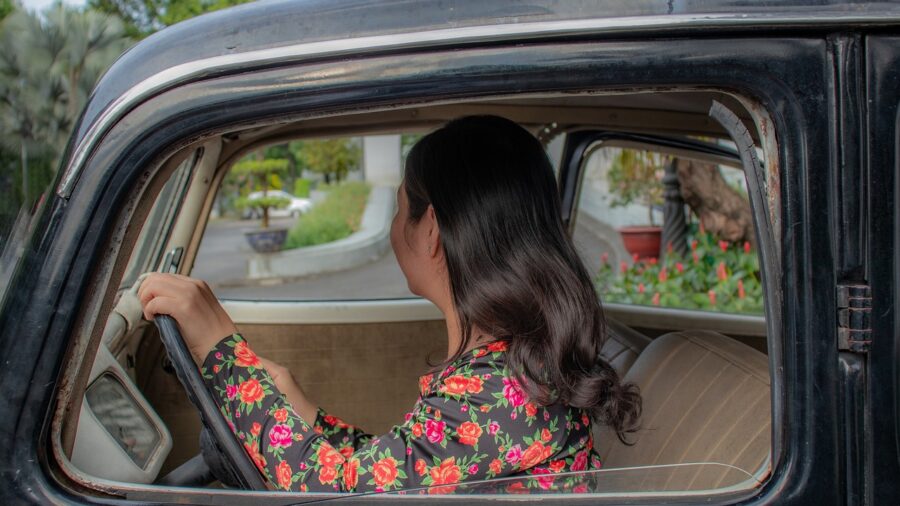

It’s natural to want to save money. Some parents may drive a late model car while their teenager drives an old bomb. But inexperienced drivers are among the riskiest and older cars don’t protect them in a crash as well as newer ones. Read More
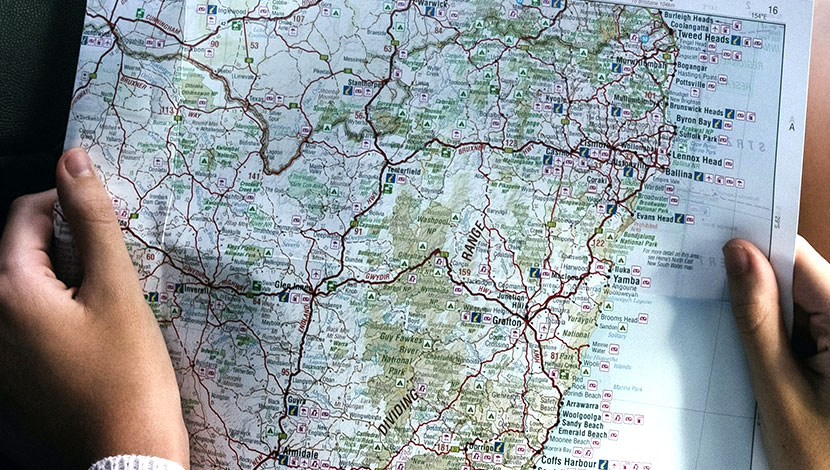
Did you know your green slip price depends partly on where you live? This is because insurers see some areas as higher risk for accidents and claims. Find out how much your address affects your green slip price. Read More
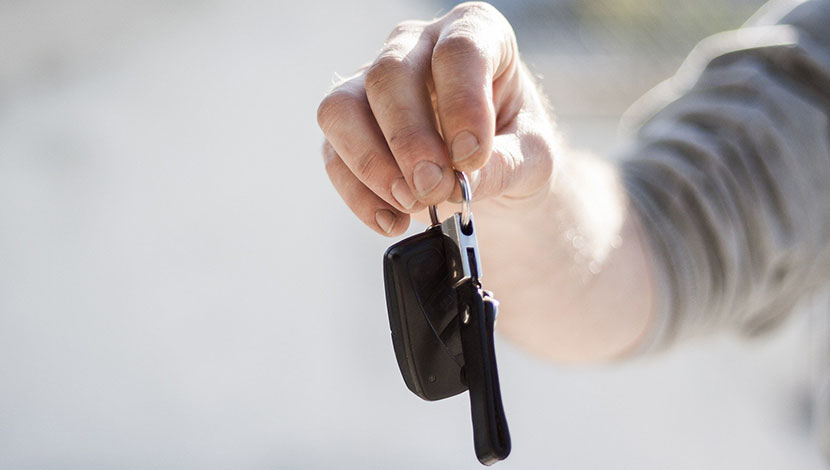
To share or not to share your car? We look at the pros and cons of sharing your vehicle with your kids. See what it means for the cost of your green slip. Read More
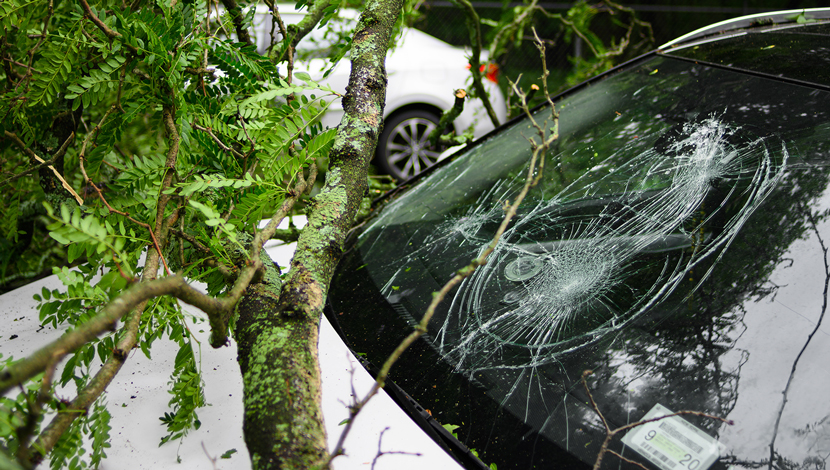
If you have an accident and it’s your fault, your green slip price could go up. If you also make a claim or incur demerit points, this also pushes up your green slip price. Remember, you pay less for safe driving, with no accidents or demerit points. Read More
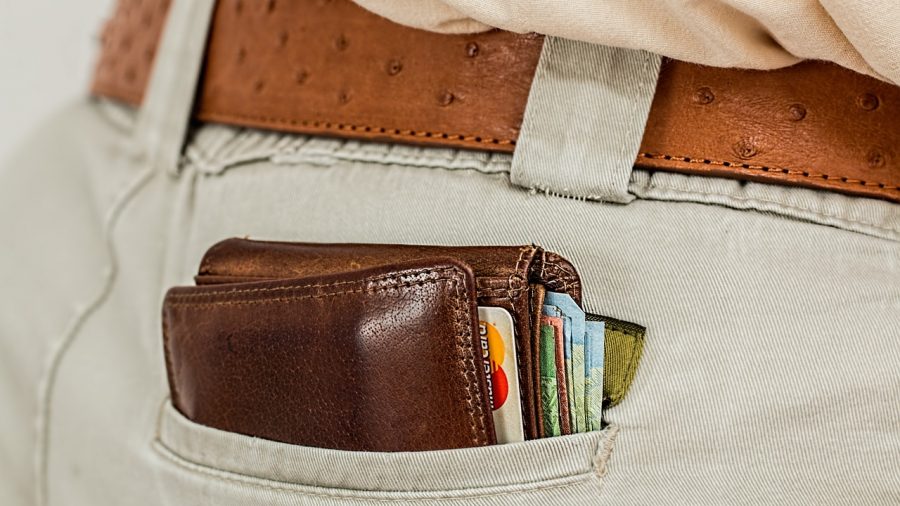
Buying a green slip is simple. Whether you buy from an insurer, broker or agent, your green slip price is the same – for the same details. Always compare prices first before you choose an insurer. Here are some tips on buying a green slip. Read More
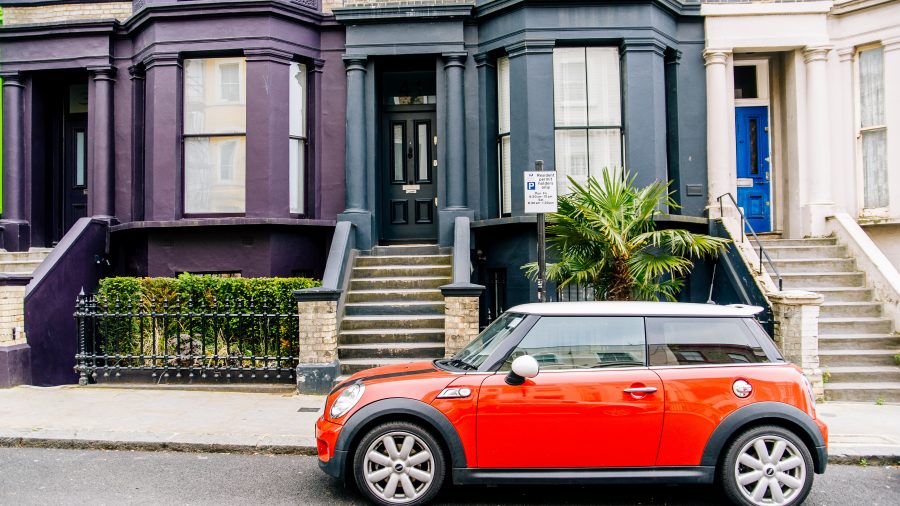
Your top 3 costs are car loans, fuel and motor insurance. With a loan, you could spend $213 or 72% more every week than someone without a loan. Find out the costs of running a car in Sydney. Read More
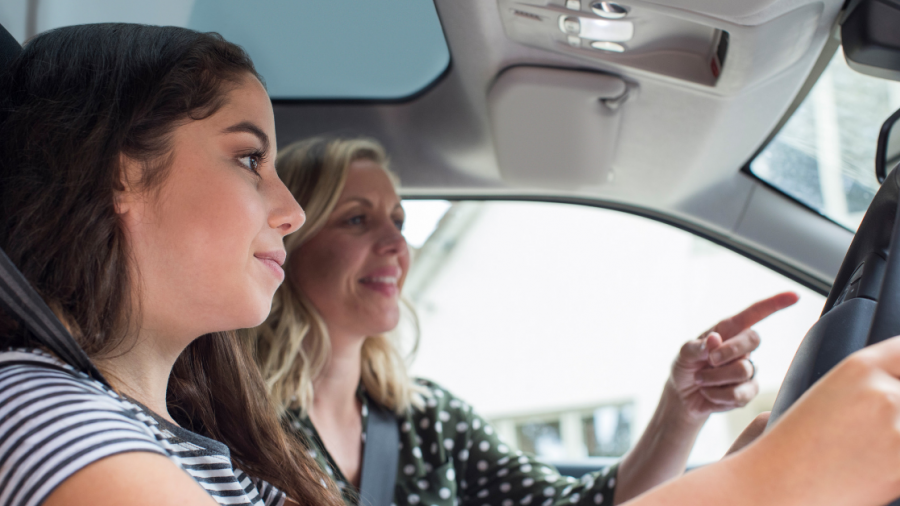
Are you on your L plates and need a green slip? Are you on red P1 or green P2 plates and need a green slip? Green slips can be expensive for you or your parents. Find out the cost of a green slip for L and P platers and how to keep prices down. Read More
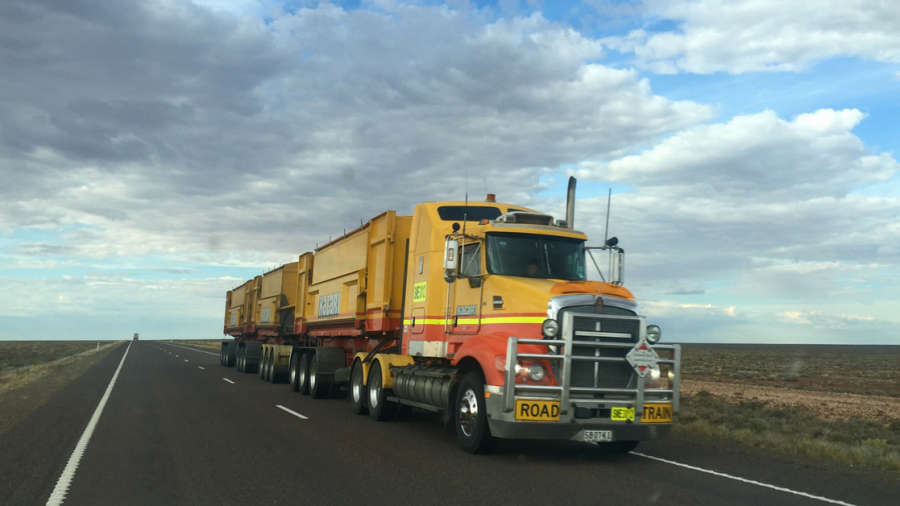
We look at 5 different types of vehicle registration: concessional, conditional, taxi, seasonal, and unregistered vehicle permits. Do you know what type of registration your vehicle needs? Read More
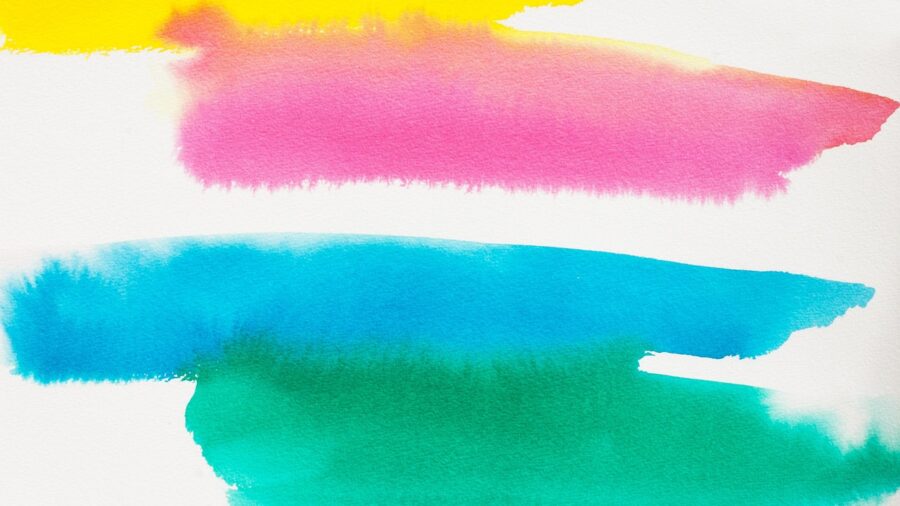
In NSW, you have to buy a green slip before you can register your vehicle. Vehicles more than 5 years old also need a pink slip each year. Unregistered vehicles may need a blue slip. Find out what they are and whether you need one. Read More
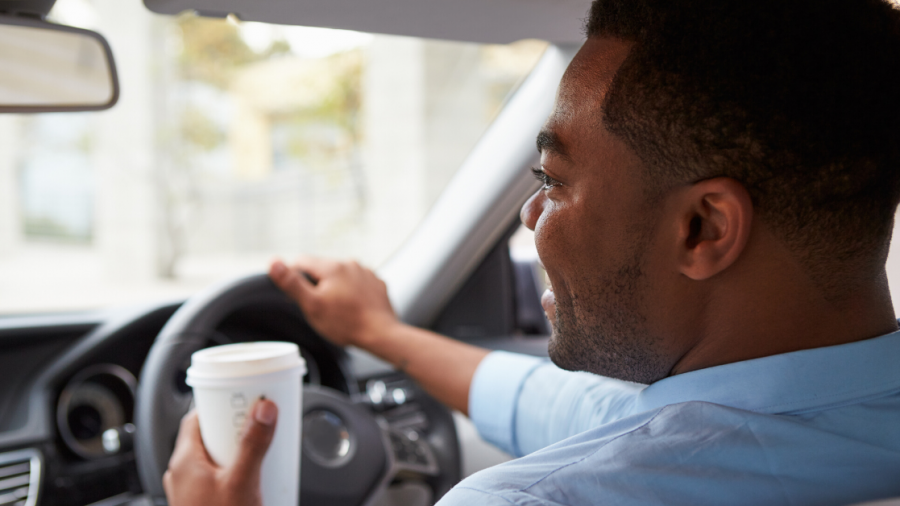
Are you thinking of driving a taxi or using your vehicle for rideshare? You may be wondering what to do and how much it will cost to drive. Find out the initial and ongoing costs of running a taxi or rideshare. Read More
Do you have more questions about CTP green slips, insurers or the greenslips.com.au Calculator? Search our site using our new AI Search.